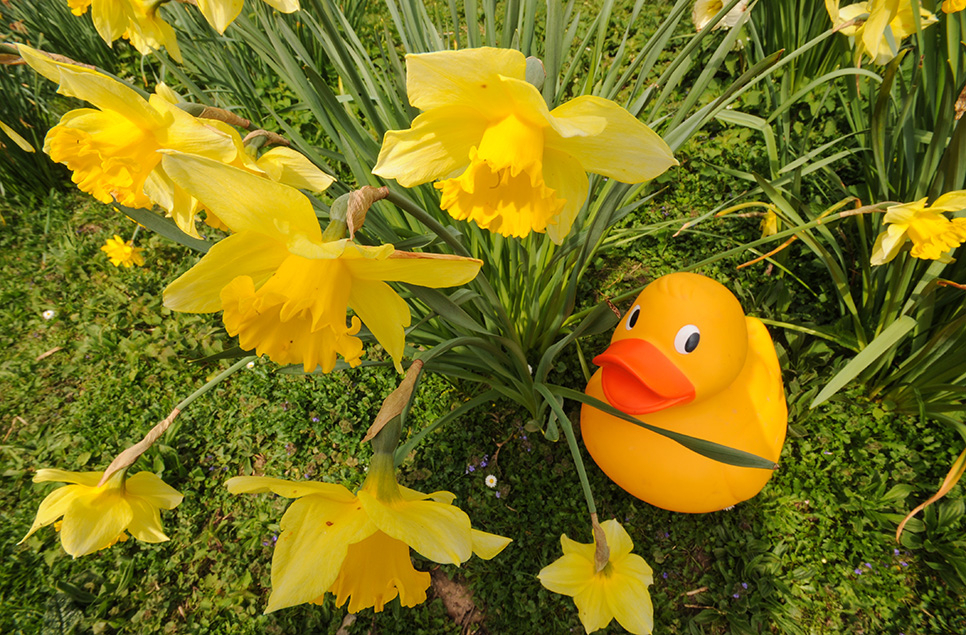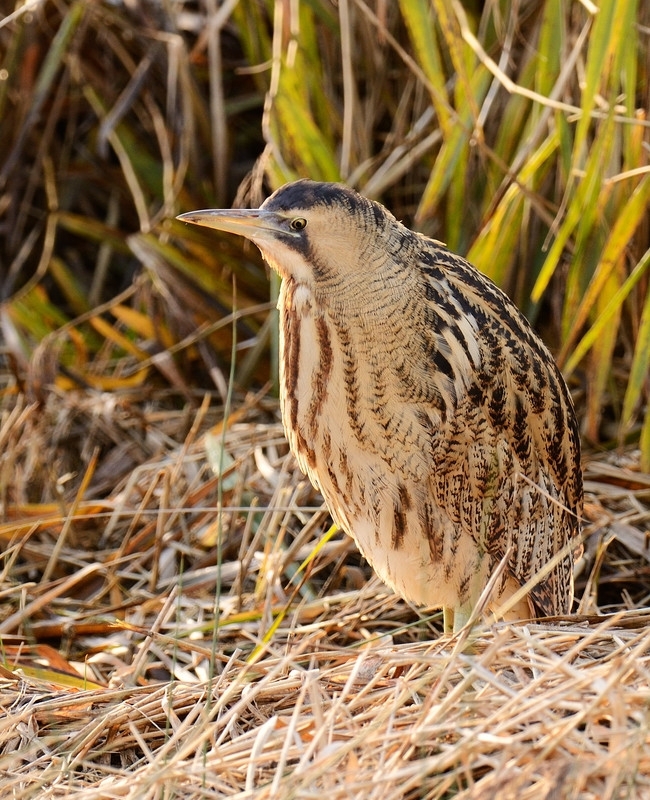Ancient Woodlands
Ancient oak tree stumps around Martin Mere’s wetlands have finally been dated to a specific calendar year, thanks to Manchester Metropolitan University student Emma Clarke.
Ancient oak tree stumps around Martin Mere’s wetlands have finally been dated to a specific calendar year, thanks to Manchester Metropolitan University student Emma Clarke.
Preserved in peat as subfossils, these stumps are often referred to as bog oak. Using the scientific technique of dendrochronology, also known as tree-ring dating, Emma discovered that the bog oaks on our site were actually over six thousand years old – that’s older than the Great Pyramids of Giza and even older than the first stone that was erected at Stonehenge.
To date the bog oaks, Emma took samples from around the site and analysed them at Manchester Metropolitan University. As tree growth varies according to environmental conditions, (including soil quality, rainfall, temperature and human activity), trees growing at the same time and in the same climate often have very similar growth patterns. By comparing the growth patterns of our bog oaks with samples from across the UK, Emma discovered that oak trees were present at Martin Mere as far back as 4147 BC.
This information helps scientists to use prehistoric vegetation data from the same time periods to discover other tree species that existed in woodlands such as elm and birch, and how these woodlands changed in response to natural climate change and human impacts on the environment.
The samples of bog oak that Emma used for tree-ring dating are available for you to see on site – just ask at our Information Desk when you next visit for more information. You can also read all about Emma’s research at the Harrier Hide, where there is an information board next to an ancient oak tree stump.



